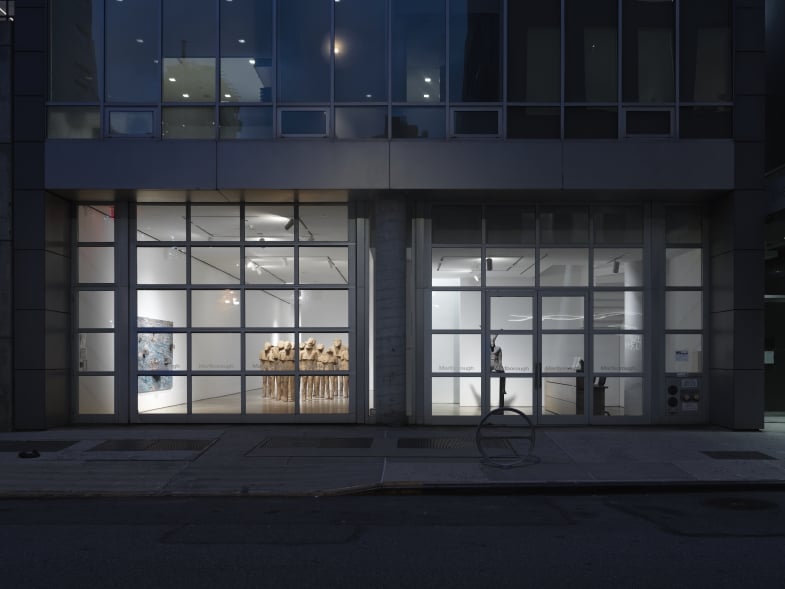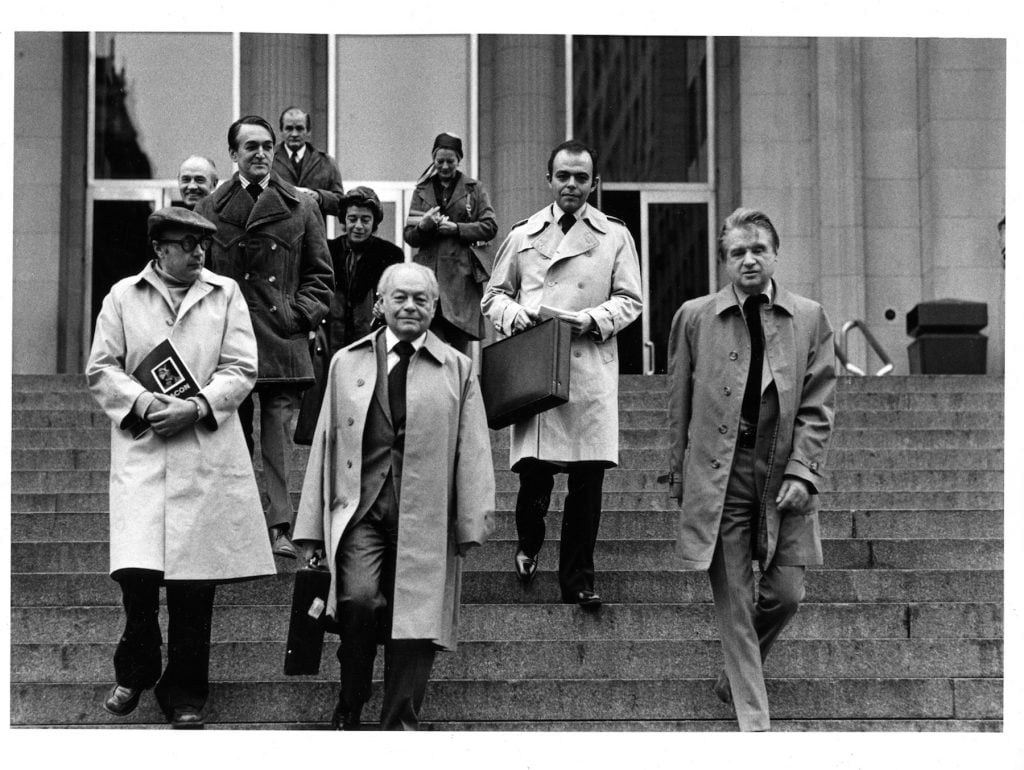Art World
Blue-Chip Pioneer Marlborough Gallery Will Shutter, Following Turmoil
The nearly 80-year-old firm championed postwar giants at branches in multiple countries. It plans to sell its inventory.

The nearly 80-year-old firm championed postwar giants at branches in multiple countries. It plans to sell its inventory.

by
Eileen Kinsella

In a stunning move, the board of trustees of the 78-year-old Marlborough Gallery, one of the oldest and most high-profile blue-chip galleries in the world, announced that it is closing.
Marlborough represents dozens of star artists and estates—such as photographer Bill Brandt, sculptor Deborah Butterfield, painter Vincent Desiderio, and architect Santiago Calatrava—and said that it will wind down operations at its branches in New York, London, and Madrid.
As of this June, it said in a statement, it will no longer present exhibitions or represent artists and estates in the primary art market. The gallery’s inventory, assembled over decades, will be “dispersed” over the coming months.
“After long and careful consideration, we made the decision that now is the time to sunset our nearly 80-year-old firm,” said Franz Plutschow, a board member and longtime associate of the gallery’s founders.
The decision to shutter follows a period of upheaval at Marlborough.
In 2020, internal turmoil nearly sank the veteran enterprise. Its board fired its president, Max Levai, and numerous artists departed. Its original space on West 57th Street was vacated at the start of the pandemic and a planned expansion was shelved. Levai and the gallery traded multimillion-dollar lawsuits in New York court, replete with claims of fraud, defamation, and the mounting of a coup d’état. (Those suits have since been dropped, according to court records.)
Asked whether the gallery will sell the works privately, at auction, or via another channel, the gallery said that it has hired an advisor to guide it through the process of “thoughtfully dispersing the inventory.” A portion of the proceeds from the sales will be donated to nonprofit cultural institutions that support contemporary artists.
In addition to selling the thousands of artworks in the Marlborough inventory, which range from works on paper and photographs to major paintings by more than 50 artists, the gallery will sell its premises in prime locations in the United States, the United Kingdom, and Spain. Estimates of the value of the gallery’s inventory have been reported as $250 million in the past.
The gallery said that further details about the winding down of the galleries, the dispersal of the inventory, and the philanthropic program will be announced in the coming months.

Frank Lloyd, Gilbert Lloyd, and Francis Bacon at the Metropolitan Museum of Art in 1975.
Image courtesy Marlborough Gallery.
In the statement announcing the closure of the gallery, Marlborough outlined its history in broad strokes. It was cofounded in London in 1946 by Frank Lloyd, a Jewish immigrant who fled his native Austria in 1938 and served in the British Army during World War II, and Harry Fischer, an expat Austrian rare books dealer. The two met during the war through their military service. (Levai’s father, Pierre Levai, who long ran the business, is Lloyd’s nephew).
Marlborough initially focused on Impressionist and modern works, but eventually branched out to representing contemporary artists such as Francis Bacon, Henry Moore, Lucian Freud, Ben Nicholson, Frank Auerbach, Barbara Hepworth, and Paula Rego.
Marlborough London presented groundbreaking shows in the 1950s and early 1960s of German Expressionism and represented European artists including Oskar Kokoschka, Jacques Lipchitz, and Kurt Schwitters. In 1963, Marlborough opened a gallery in New York and showed the work of Richard Diebenkorn, Adolph Gottlieb, Philip Guston, Robert Motherwell, David Smith, Clyfford Still, and more, and represented estates including those of William Baziotes, Franz Kline, Jackson Pollock, and Ad Reinhardt.
The gallery was no stranger to scandal. In the 1970s, after painter Mark Rothko died by suicide, the gallery and executors of the artist’s estate were sued by Rothko’s children, Kate and Christopher Rothko. The executors, Bernard Reis, painter Theodore Stamos, and Morton Levine, “hastily” sold nearly 800 Rothko works to the gallery for a severely undervalued sum, among other financial mismanagement, according to court records. Marlborough and the trustees lost the case, and the gallery was ordered to pay more than $9 million in damages and fines.
Marlborough’s New York location is currently hosting solo shows of work by Teruko Yokoi and Marcel Alcalá, as well as a group exhibition called “Nightlife,” with photographs by famed artists like Berenice Abbott, Brassaï, Irving Penn, and Brandt.